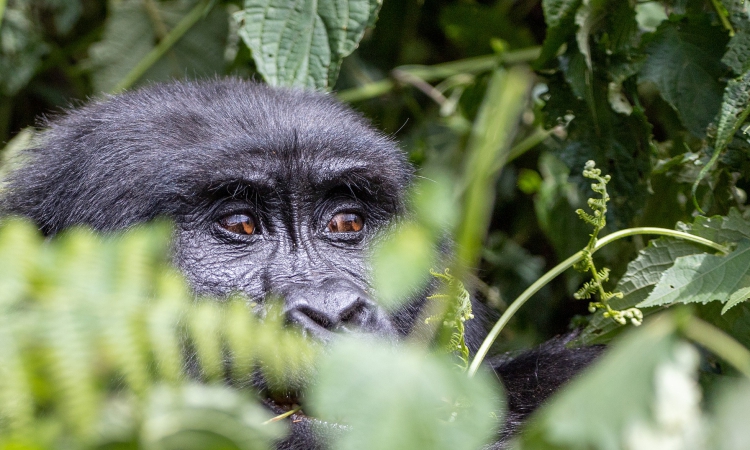Western Gorilla – The western gorilla is one of the two species of the hominid genus Gorilla found in Africa. Western gorillas have short muzzles, large hands, brow ridges, small ears and eyes, large nostrils, and jet-black skin.
Their bodies are covered with dark fur except for the face, ears, hands, and feet. When the males grow to the age of 12-15 years, they develop grey hair on their back and rump, earning them the name “silverbacks.”
The average weight of a male western gorilla is about 168 kg, with a height of 1.55 m. Females weigh about 80 kg and have a height of 1.35 m.
Western Gorilla Habitat
Western gorillas are mainly found in lowland tropical forests, swamp forests, and primary and secondary forests.
They are located in sub-Saharan Africa in the countries of the Democratic Republic of Congo, Nigeria, Equatorial Guinea, Angola, Cameroon, the Central African Republic, and Gabon.
The Subspecies of Western Gorillas
The western gorilla is composed of two subspecies: the western lowland gorilla, also called Gorilla gorilla gorilla, and the Cross River gorilla, also called Gorilla gorilla diehli.
- Western Lowland Gorilla The western lowland gorilla lives in Cameroon, Congo, Gabon, Equatorial Guinea, and the Central African Republic. They are the most researched and studied species. They have the largest population and some of their characteristics include a brow ridge, broad skull, large head, and opposable thumbs.
- Cross River Gorilla This subspecies has limited distribution as it inhabits a small area between Nigeria and Cameroon and is not easily seen. This species was named by Paul Matschie in 1904. They are found in Takamanda National Park in Cameroon and Cross River National Park in Nigeria. This species is the most endangered among gorilla species, with about 250 individuals or fewer. They nest depending on the environment and live in smaller groups of about 5-7 individuals.
Diet & Social Life
Western gorillas are herbivores, feeding on leaves, stems, shoots, roots, fruits, and sometimes ants, termites, and other small insects.
Western gorillas live in groups called families, with each group having a specific number of individuals.
Western lowland gorillas can have up to 20 individuals, whereas Cross River gorillas can have up to 7 individuals.
Each family is headed by a dominant male silverback responsible for the group’s decisions.
Reproduction
Western female gorillas reach maturity at 9-10 years, unlike males who reach sexual maturity at 12.
Females give birth every 4-6 years, implying a low fertility rate.
When an infant is born, it is cared for by the mother up to the age of 3-4 years, which is why they do not give birth until the young ones reach that age.










